Introduction
The Scoliosis Research Society-22 (SRS-22) questionnaire functions as a critical instrument for evaluating health-related quality of life (HRQOL) in patients with idiopathic scoliosis. Initially developed by the Scoliosis Research Society (SRS) Outcomes Committee—under the leadership of Asher, Min Lai, and colleagues—the original SRS-24 was introduced in 1999. Subsequently, in 2003, refinements transformed it into the current SRS-22 version, thereby enhancing its validity and focus. As a result, its widespread adoption is evidenced by over 700 Google Scholar citations, which, in turn, underscores its significance in both clinical and research settings. Indeed, this disease-specific, patient-reported outcome measure proves essential for surgical planning, monitoring treatment effectiveness, and conducting robust research.
Accordingly, this guide provides a comprehensive overview of the SRS-22, delving into its features, applications, and psychometric properties to effectively equip researchers and clinicians.
Key Features of the The Scoliosis Research Society-22 (SRS-22)
Purpose and Use
The SRS-22 aims to evaluate health-related quality of life (HRQOL) in patients with idiopathic scoliosis. Specifically, its targeted domains enable clinicians to monitor treatment outcomes, guide surgical planning, and support research by capturing nuanced patient perspectives. In contrast to generic health surveys, the SRS-22 specifically addresses areas affected by spinal deformities—such as pain, self-perception, function, mental health, and satisfaction with treatment. Consequently, it offers a focused approach to understanding the patient experience. Moreover, its domain-specific structure ensures that clinicians can tailor interventions based on individual needs.
Target Population
The SRS-22 targets patients aged 10 and older, including:
- Adolescents (13–17 years)
- Young adults (18–24 years)
- Middle-aged adults (25–44 years)
- Older adults (45–64 years)
- Seniors (65+ years)
This tool suits individuals with idiopathic scoliosis, ensuring relevance across a wide age range while excluding pediatric populations under 10. Thus, it adapts to diverse patient groups effectively.
Structure
The SRS-22, a concise 22-item instrument, evaluates health-related quality of life (HRQOL) in scoliosis patients across five distinct domains. Specifically, it includes:
Function/Activity (5 items) (5, 9, 12, 15, 18): Assesses daily activities and mobility (e.g., “Can you exercise?”).
Pain (5 items) (1, 2, 8, 11, 17): Measures pain frequency and intensity (e.g., “How much pain do you experience?”).
Self-Image/Appearance (5 items) (4, 6, 10, 14, 19): Evaluates body perception (e.g., “Do you feel attractive?”).
Mental Health (5 items) (3, 7, 13, 16, 20): Covers mood and emotional well-being (e.g., “Do you feel calm?”).
Satisfaction with Treatment (2 items) (21, 22): Collects feedback on treatment outcomes (e.g., “Are you satisfied with your treatment?”). This streamlined structure ensures a thorough yet efficient assessment of the patient’s condition.
Scoring Method
The SRS-22 employs a 5-point Likert scale for each item, where a score of 1 indicates the worst outcome and 5 indicates the best. The total score is a sum of all items, ranging from 22 to 110, with higher scores signifying a better quality of life. Additionally, domain scores can be calculated, ranging from 5 to 25 for the first four domains and 2 to 10 for the satisfaction domain. Notably, there are no official cut-off scores; instead, the tool is used to monitor a patient’s status and response to treatment over time. Furthermore, clinicians may use these scores to identify trends and evaluate long-term outcomes.
Administration Format
The SRS-22 offers flexibility, supporting:
Paper-based forms
Digital (online) platforms
Mobile apps
In-person interviews
Phone or video calls
Its self-administered design requires no specialized training, enhancing usability in busy clinical settings. Moreover, patients complete it in 5–10 minutes, ensuring efficiency for both patients and providers.
Applications of the The Scoliosis Research Society-22 (SRS-22)
The SRS-22 serves multiple purposes in orthopedics. For instance, it:
Screens: Identifies patients with significant QoL impairments due to scoliosis.
Monitors: Tracks HRQOL changes over time, particularly after treatment.
Guides Treatment Planning: Informs surgical and non-surgical interventions based on patient-reported outcomes.
Supports Research: Facilitates clinical trials to evaluate treatment efficacy, as evidenced by its 700+ citations.
Consequently, its versatility makes it indispensable in both clinical and research contexts.
Languages and Availability
A significant strength of the SRS-22 is its accessibility. The questionnaire is free for anyone to use, and no specific permissions or licensing are required. This public domain status encourages widespread adoption and translation. To date, the SRS-22 is available in over 40 languages, including:
- Arabic
- English
- Mandarin Chinese
- Spanish
- French
- German
- As well as Japanese, Hindi, Azerbaijani, Croatian, Danish, Dutch, Italian, Korean, Swedish, Turkish
This extensive list of translations makes the SRS-22 a suitable tool for international and multicultural research studies.
Reliability and Validity
The SRS-22 is recognized as a highly reliable and valid instrument. Its psychometric soundness is supported by strong validation studies and a robust Cronbach’s alpha, which ranges from 0.75 to 0.92 across its domains. This high internal consistency ensures that the items in each subscale effectively measure the same underlying construct. Furthermore, its validity has been established through comparisons with other quality-of-life instruments, confirming that it accurately measures what it intends to. In particular, studies comparing the SRS-22 with the SF-36 and EQ-5D highlight its superior sensitivity to scoliosis-specific concerns.
Key validation studies include:
These studies affirm its psychometric robustness, making it a trusted tool in orthopedic research.
Limitations and Considerations
Despite its strengths, the SRS-22 has several limitations:
Self-report: As a self-administered tool, responses may be influenced by personal interpretation or social desirability bias.
- Narrow Focus: The questionnaire does not address cardiovascular health, weight management, or leisure activities—all of which are important considerations for adolescents with idiopathic scoliosis. This limitation is discussed in BMJ Open (2021).
- Cultural Bias: Despite being translated into over 40 languages, cultural nuances may still influence how patients interpret and respond to items.
- Age Restrictions: Validated for patients aged 10 and older, the SRS-22 may not be suitable for very young children. There is also concern regarding its appropriateness for specific populations, as noted in BMJ Open (2021).
- Lack of Sensitivity to Change: The tool has limited discriminative capacity when measuring small changes in patient status over time. This issue is explored in PubMed (2012).
Other Versions and Related Questionnaires
Other Versions
The SRS-22 evolved from earlier iterations:
SRS-24 (1999): Original 24-item version, now obsolete.
SRS-23: Modified version, discontinued.
SRS-30: Expanded version, also discontinued.
SRS-22r (2006): Current, most validated 22-item version.
SRS-7: A shorter form for rapid assessment. The SRS-22r remains the recommended version, accessible on the SRS website.
Complementary Questionnaires
Spinal Appearance Questionnaire (SAQ): Focuses on patient perceptions of spinal deformity, often used with the SRS-22.
Child Health Questionnaire (CHQ-CF87): Assesses general HRQoL in children and adolescents, complementing the SRS-22’s scoliosis-specific focus. These tools enhance the SRS-22’s utility in comprehensive assessments.
Additional Resources
- A direct link to a Validation Study
- You can access the questionnaire as a PDF through this link
- For inquiries, contact the Scoliosis Research Society at info@srs.org
- For additional SRS-22 resources, consult the Scoliosis Research Society website.
Frequently Asked Questions (FAQ)
- Who can use the SRS-22? Clinicians, researchers, and healthcare providers employ it for patients aged 10 and older with scoliosis or other spinal deformities.
- How long does it take to complete the SRS-22? Patients typically finish it in 5 to 10 minutes, making it practical for clinical and research settings.
- How is the SRS-22 administered? Healthcare teams administer it via paper-based forms, digital platforms, mobile apps, in-person interviews, or phone/video calls, offering maximum flexibility.
- Is there any cost to using the SRS-22? The SRS-22 is free, requiring no permissions or licensing.
A Word from ResRef about the The Scoliosis Research Society-22 (SRS-22)
The Scoliosis Research Society-22 (SRS-22) questionnaire stands as a validated, disease-specific tool for assessing health-related quality of life (HRQoL) in patients with adolescent idiopathic scoliosis and spinal deformities. Its 22 items cover five key domains: Function, Pain, Self-Image, Mental Health, and Satisfaction. Unlike generic HRQoL tools like the SF-36 or EQ-5D—which lack sensitivity to spinal deformity nuances—the SRS-22 captures critical issues like body image and deformity-related functional limitations. Additionally, it differs from low back pain-focused measures (e.g., ODI) by addressing broader psychosocial impacts unique to scoliosis. Therefore, it remains a cornerstone in scoliosis assessment.
References
- Alamrani S, Gardner A, Falla D, Russell E, Rushton AB, Heneghan NR. Content validity of the Scoliosis Research Society questionnaire (SRS-22r): A qualitative concept elicitation study. PLoS One. 2023 May 5;18(5):e0285538. doi: 10.1371/journal.pone.0285538. PMID: 37146069; PMCID: PMC10162511. Link
- Berliner JL, Verma K, Lonner BS, Penn PU, Bharucha NJ. Discriminative validity of the Scoliosis Research Society 22 questionnaire among five curve-severity subgroups of adolescents with idiopathic scoliosis. Spine J. 2013 Feb;13(2):127-33. doi: 10.1016/j.spinee.2012.10.025. Epub 2012 Dec 5. PMID: 23218828. Link
- Asher, Marc MD*; Min Lai, Sue PhD†; Burton, Doug MD*; Manna, Barbara RN*. The Reliability and Concurrent Validity of the Scoliosis Research Society-22 Patient Questionnaire for Idiopathic Scoliosis. Spine 28(1):p 63-69, January 1, 2003. Link
- Cheung, Kenneth M. C. FRCS, FHKCOS, FHKAM(Orth)*; Senkoylu, Alpaslan MD†; Alanay, Ahmet MD‡; Genc, Yasemin PhD§; Lau, Sarah*; Luk, Keith D. FRCSE, FRCSG, FRACS, MCh(Orth), FHKAM(Orth)*. Reliability and Concurrent Validity of the Adapted Chinese Version of Scoliosis Research Society-22 (SRS-22) Questionnaire. Spine 32(10):p 1141-1145, May 1, 2007. | DOI: 10.1097/01.brs.0000261562.48888.e3 Link
- Climent JM, Bago J, Ey A, Perez-Grueso FJ, Izquierdo E. Validity of the Spanish version of the Scoliosis Research Society-22 (SRS-22) Patient Questionnaire. Spine (Phila Pa 1976). 2005 Mar 15;30(6):705-9. doi: 10.1097/01.brs.0000155408.76606.8f. PMID: 15770189. Link
- Beauséjour M, Joncas J, Goulet L, Roy-Beaudry M, Parent S, Grimard G, Forcier M, Lauriault S, Labelle H. Reliability and validity of adapted French Canadian version of Scoliosis Research Society Outcomes Questionnaire (SRS-22) in Quebec. Spine (Phila Pa 1976). 2009 Mar 15;34(6):623-8. doi: 10.1097/BRS.0b013e3181973e58. PMID: 19282743. Link
- Niemeyer T, Schubert C, Halm HF, Herberts T, Leichtle C, Gesicki M. Validity and reliability of an adapted german version of scoliosis research society-22 questionnaire. Spine (Phila Pa 1976). 2009 Apr 15;34(8):818-21. doi: 10.1097/BRS.0b013e31819b33be. PMID: 19365251. Link
- Hashimoto H, Sase T, Arai Y, Maruyama T, Isobe K, Shouno Y. Validation of a Japanese version of the Scoliosis Research Society-22 Patient Questionnaire among idiopathic scoliosis patients in Japan. Spine (Phila Pa 1976). 2007 Feb 15;32(4):E141-6. doi: 10.1097/01.brs.0000255220.47077.33. PMID: 17304124. Link
- Garg B, Mehta N, Swamy AM, Kumar S, Dixit V, Gupta V. Reliability and validity of a cross-culturally adapted Hindi version of the SRS-22r questionnaire in Indian patients. Spine Deform. 2020 Oct;8(5):885-891. doi: 10.1007/s43390-020-00106-4. Epub 2020 Apr 6. PMID: 32253737. Link
- Alamrani S, Gardner A, Falla D, Russell E, Rushton AB, Heneghan NR. Content validity of Scoliosis Research Society questionnaire-22 revised (SRS-22r) for adolescents with idiopathic scoliosis: protocol for a qualitative study exploring patient’s and practitioner’s perspectives. BMJ Open. 2021 Dec 14;11(12):e053911. doi: 10.1136/bmjopen-2021-053911. PMID: 34907066; PMCID: PMC8672051. Link


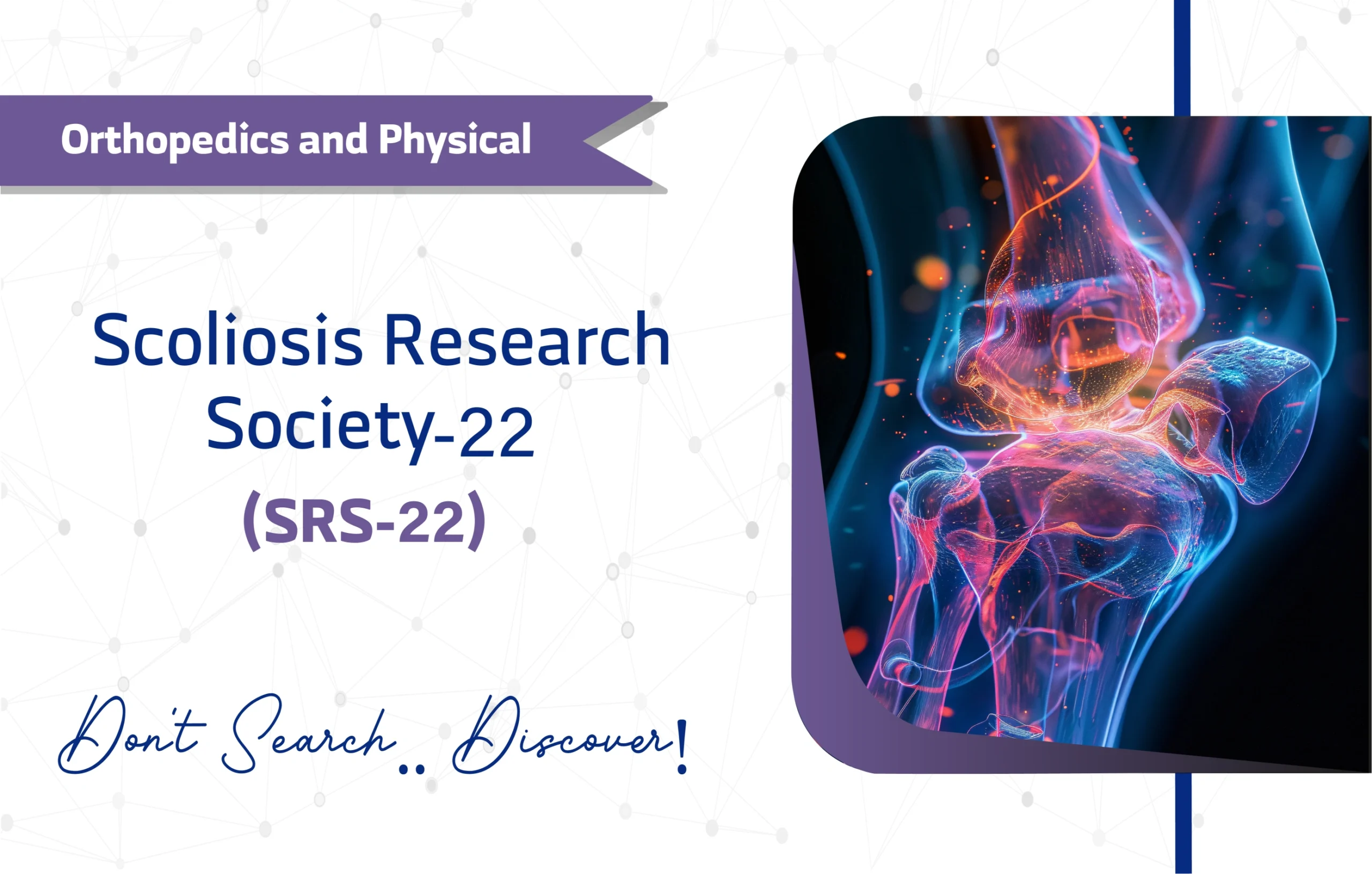
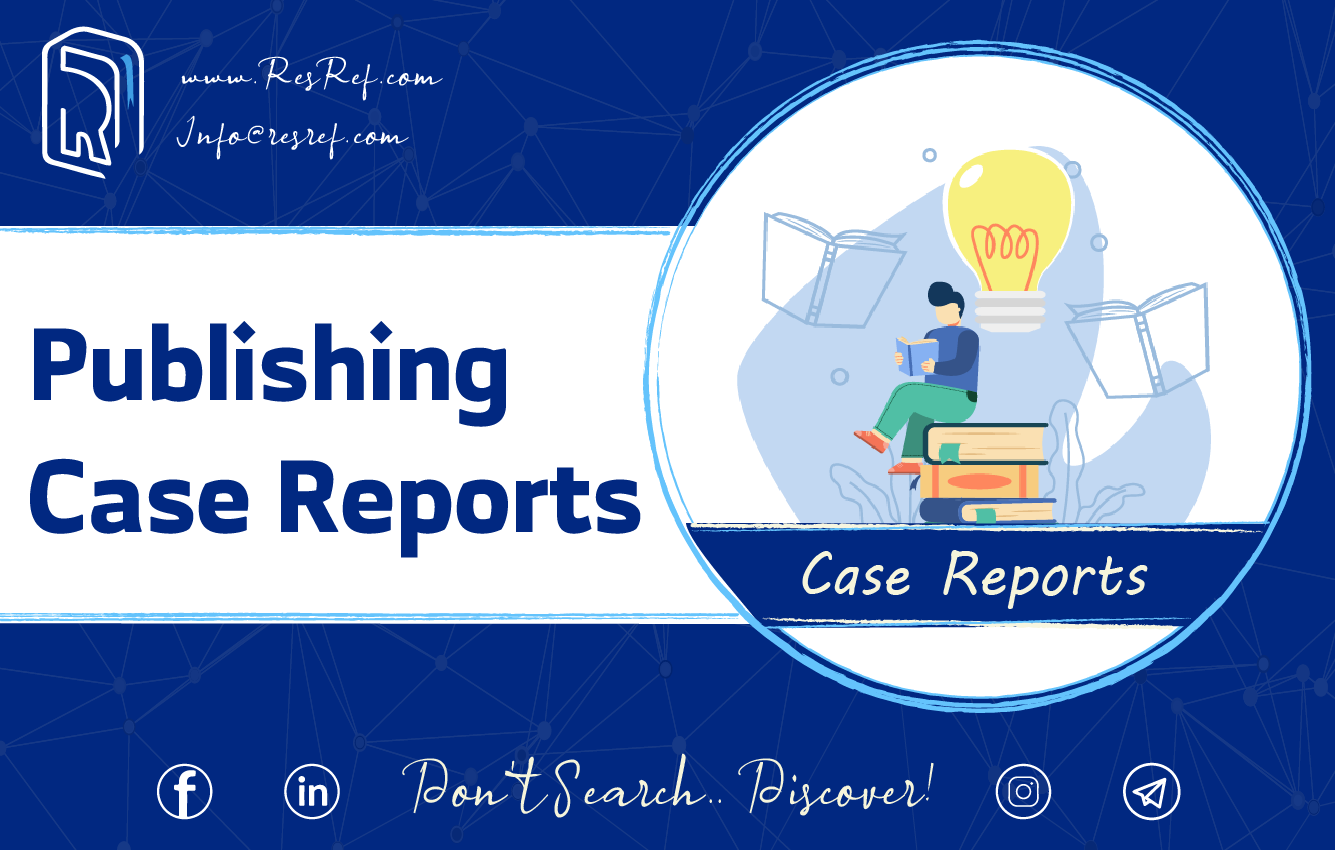
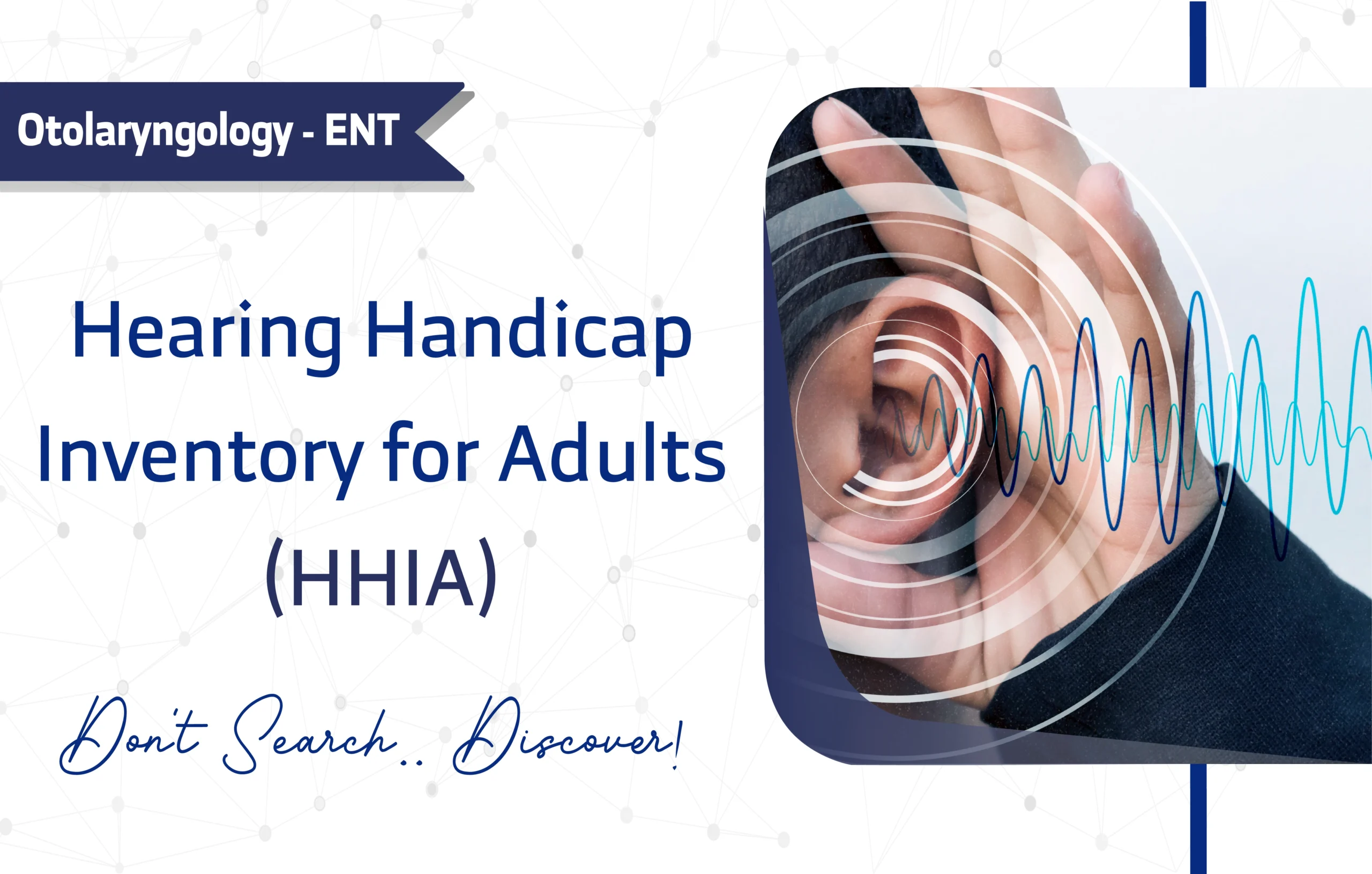
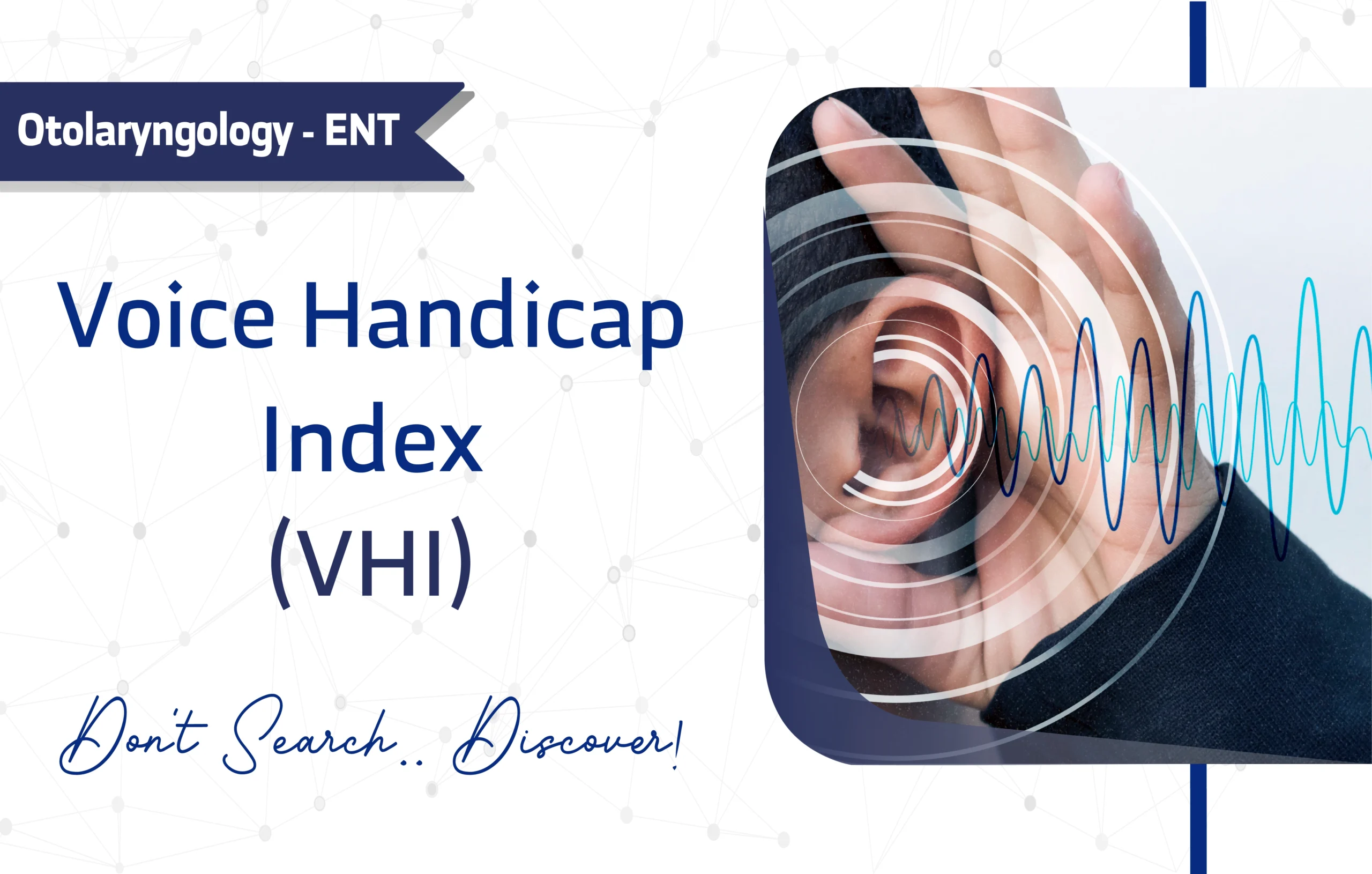
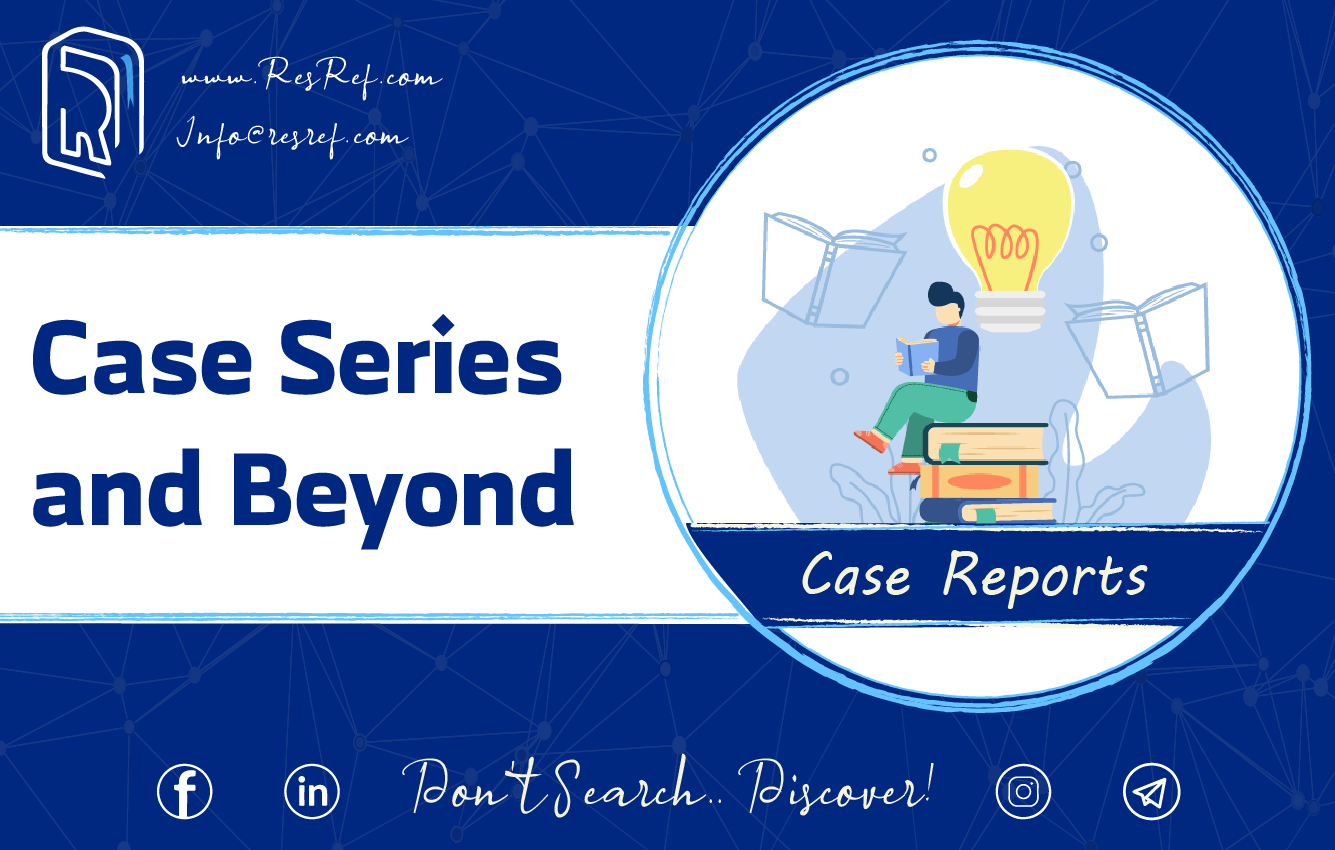
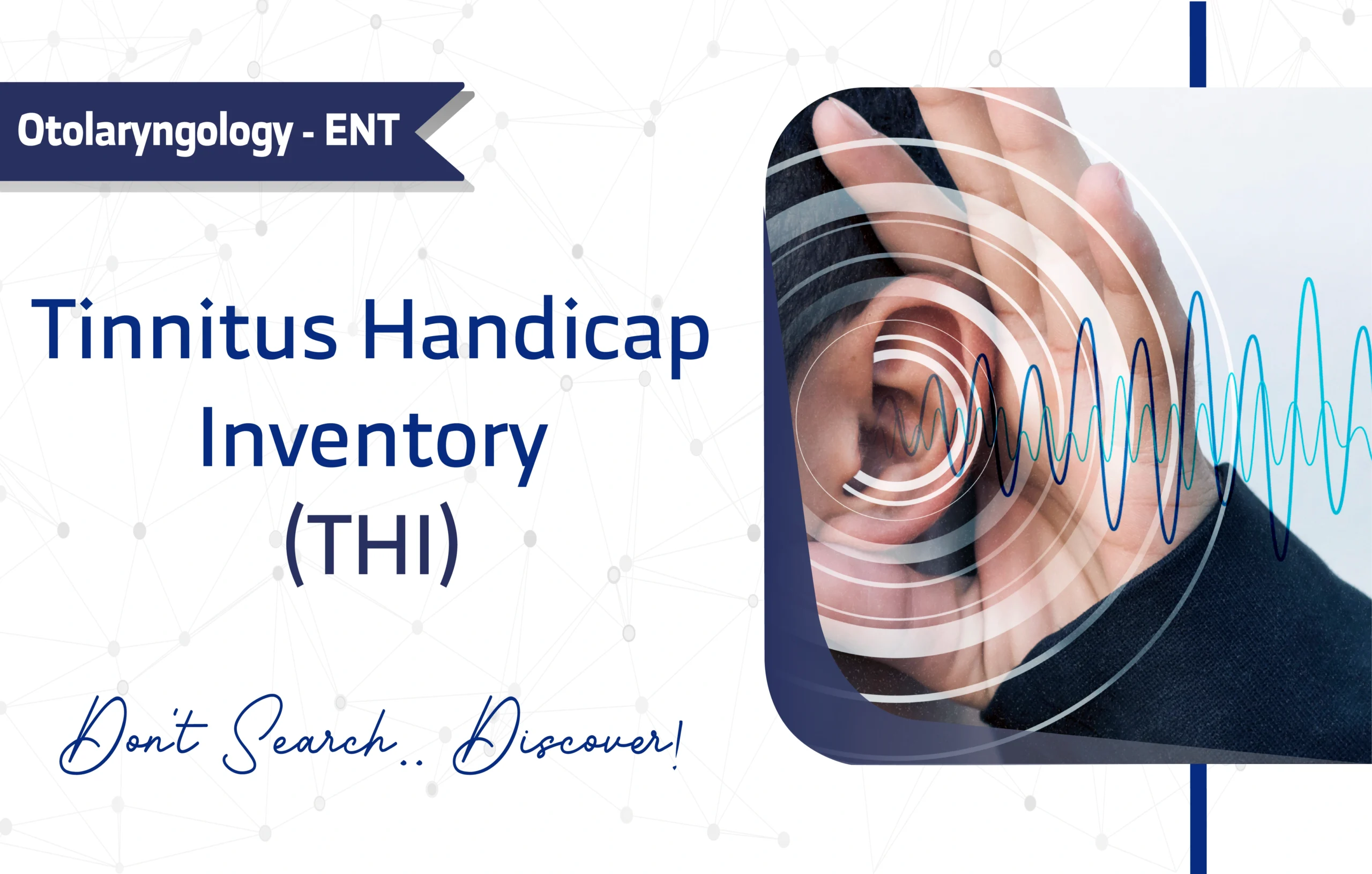
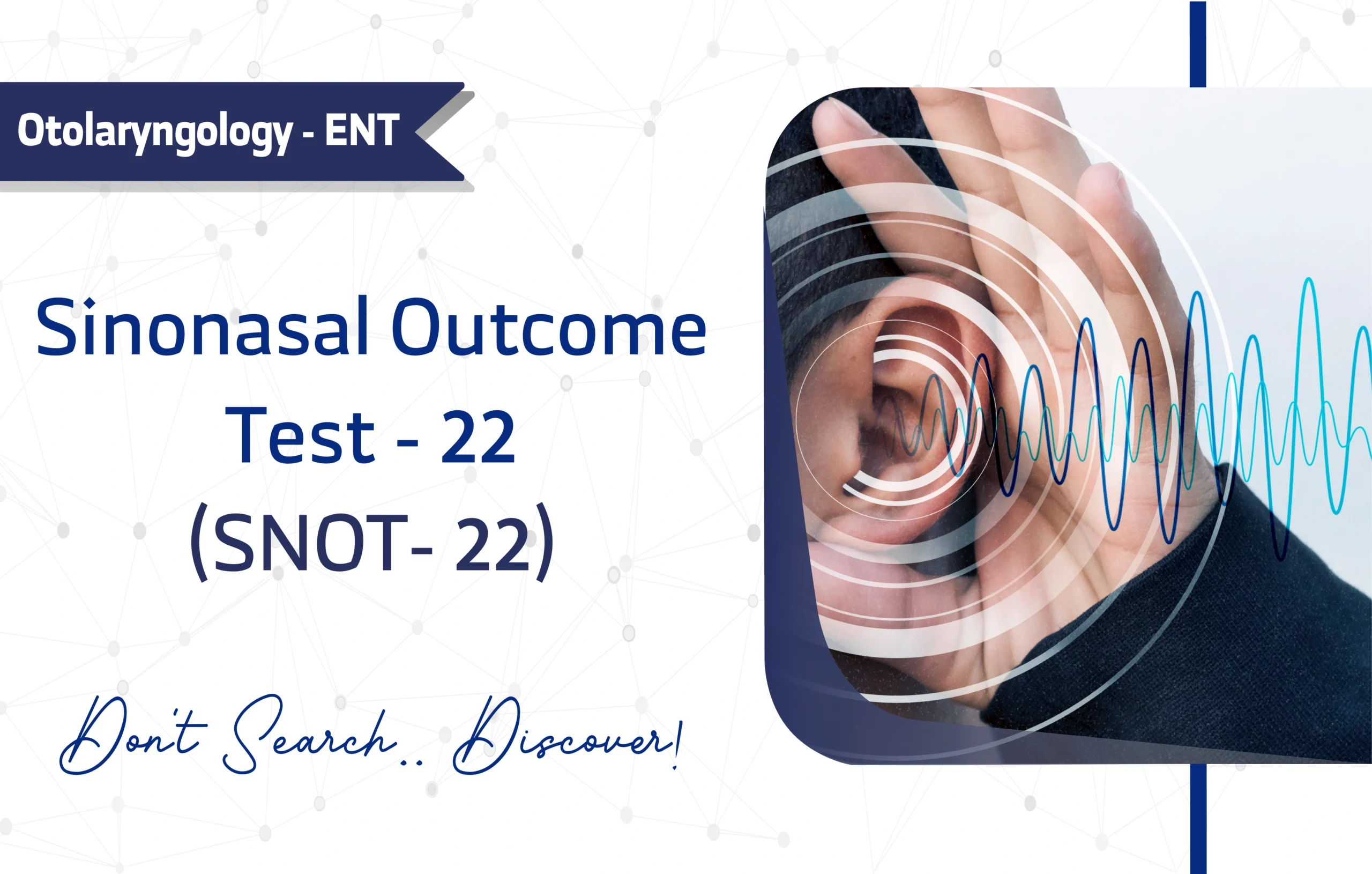
1 thought on “Scoliosis Research Society-22 (SRS-22): A Full Guide for Researchers and Clinicians”
Resources like this can make a big difference for students who may not have access to such clear guidance.